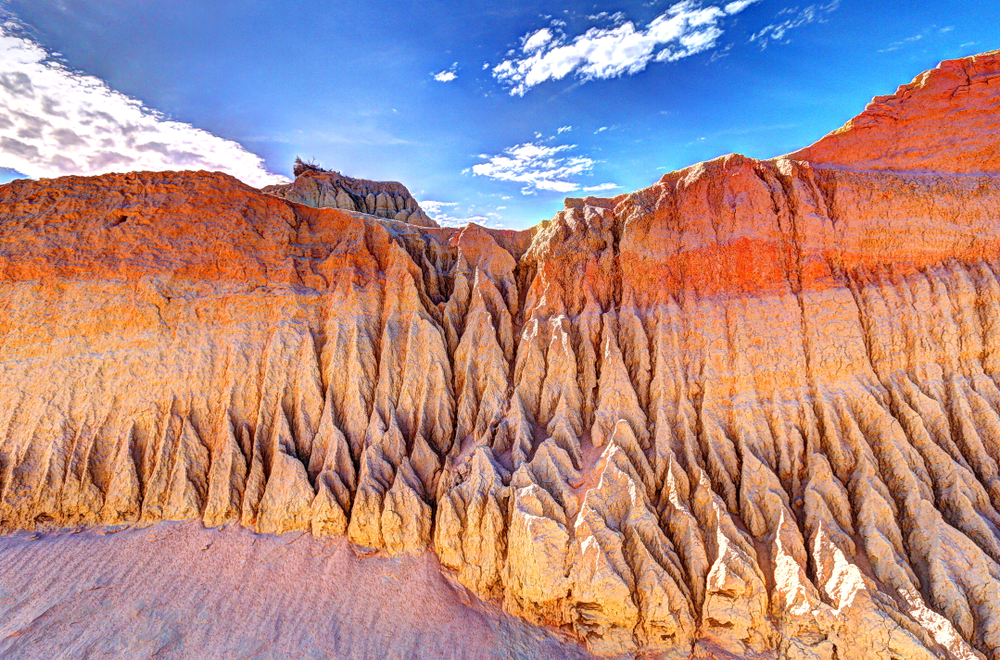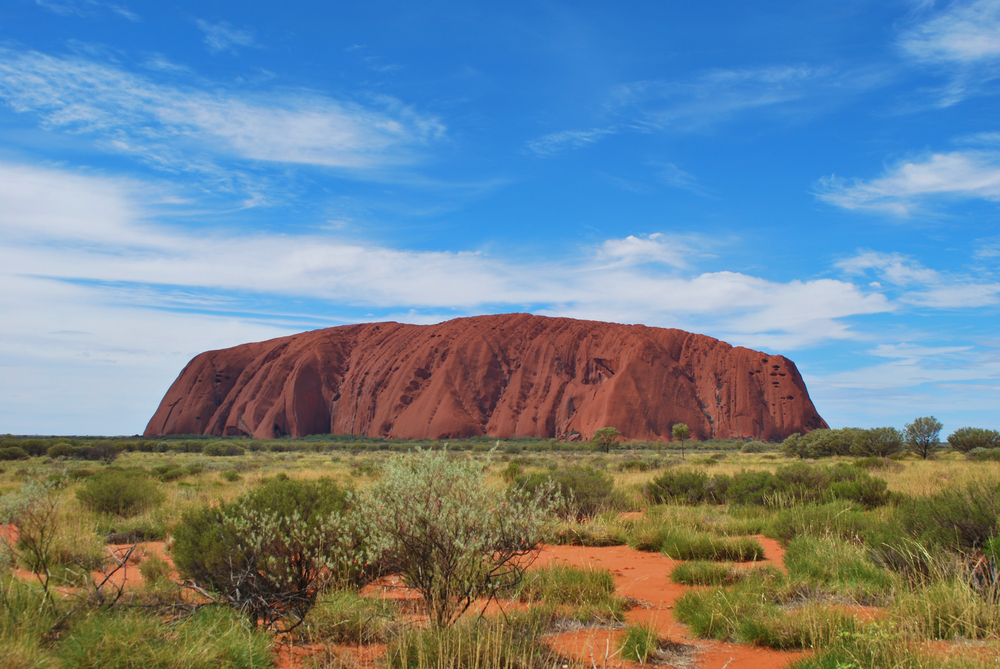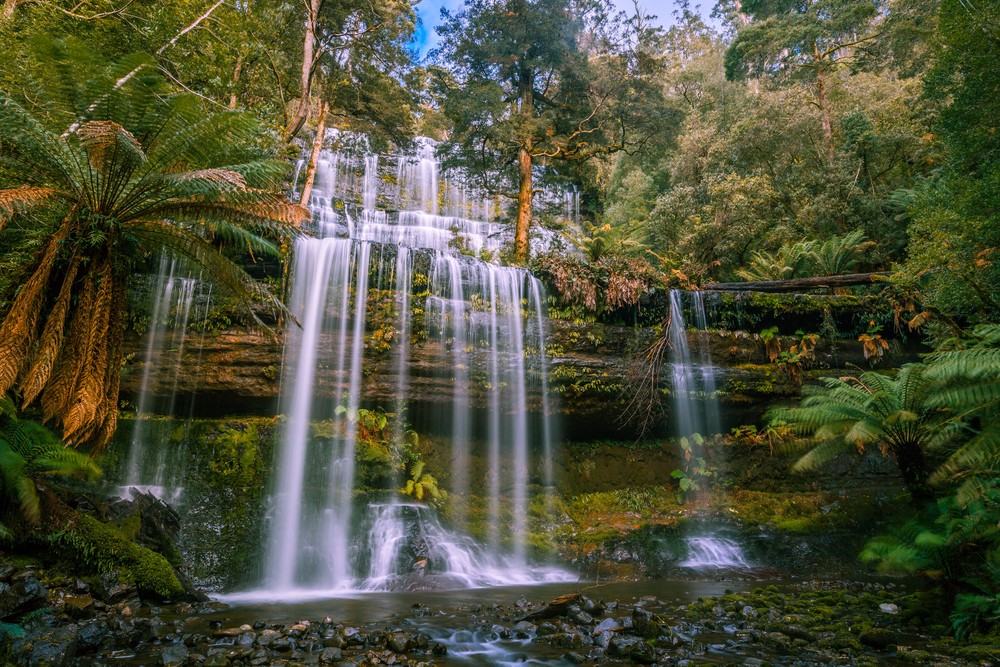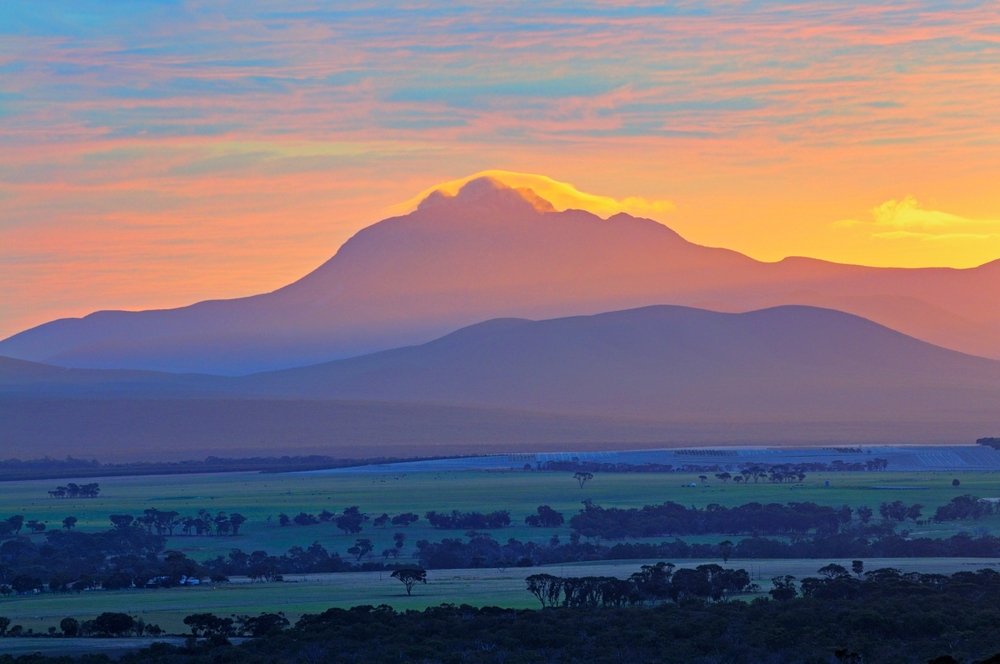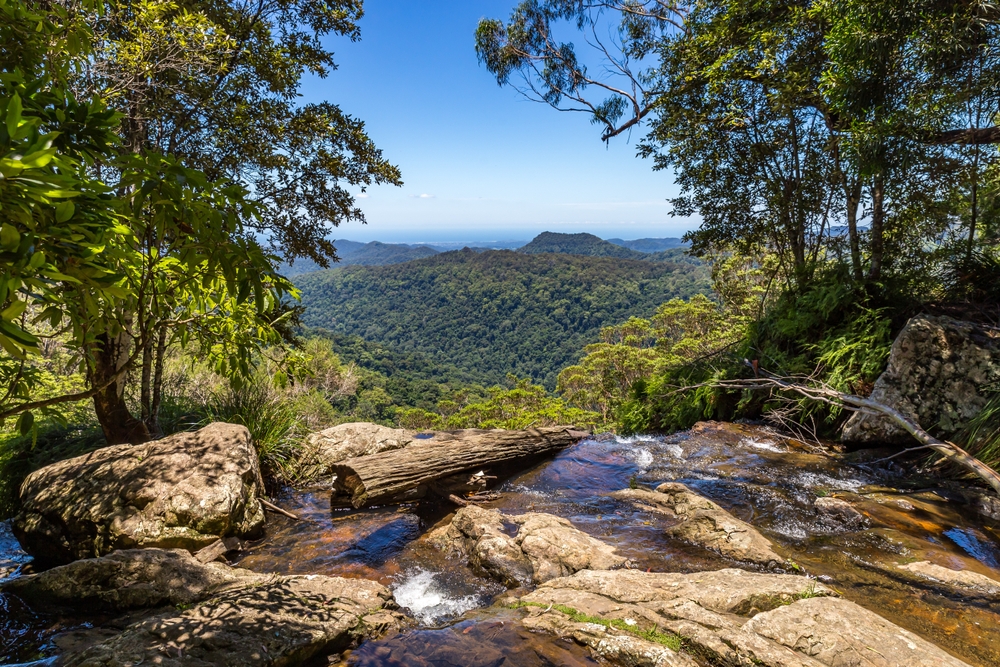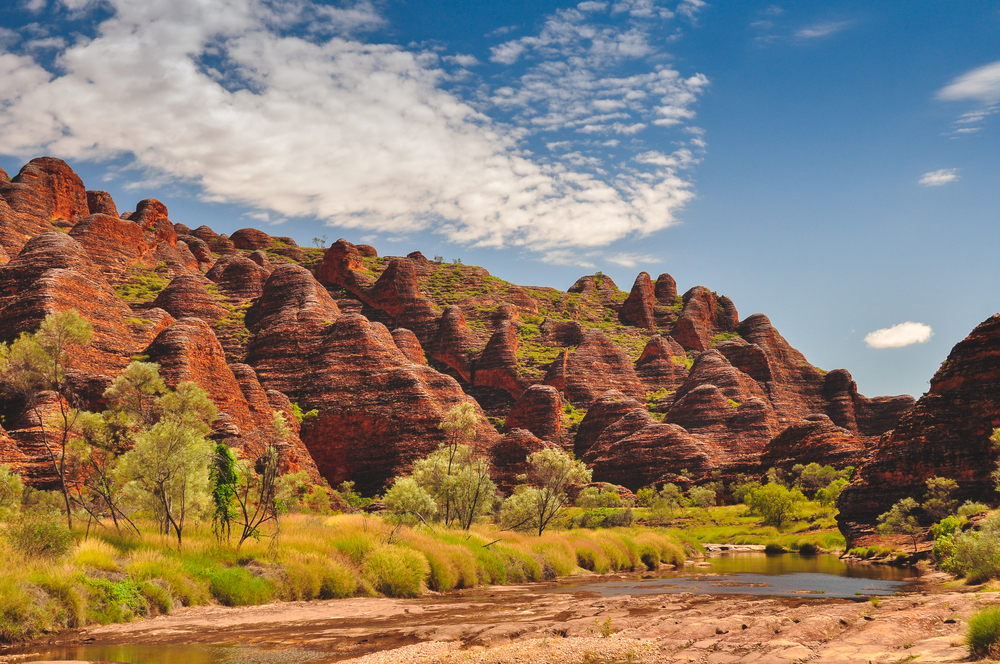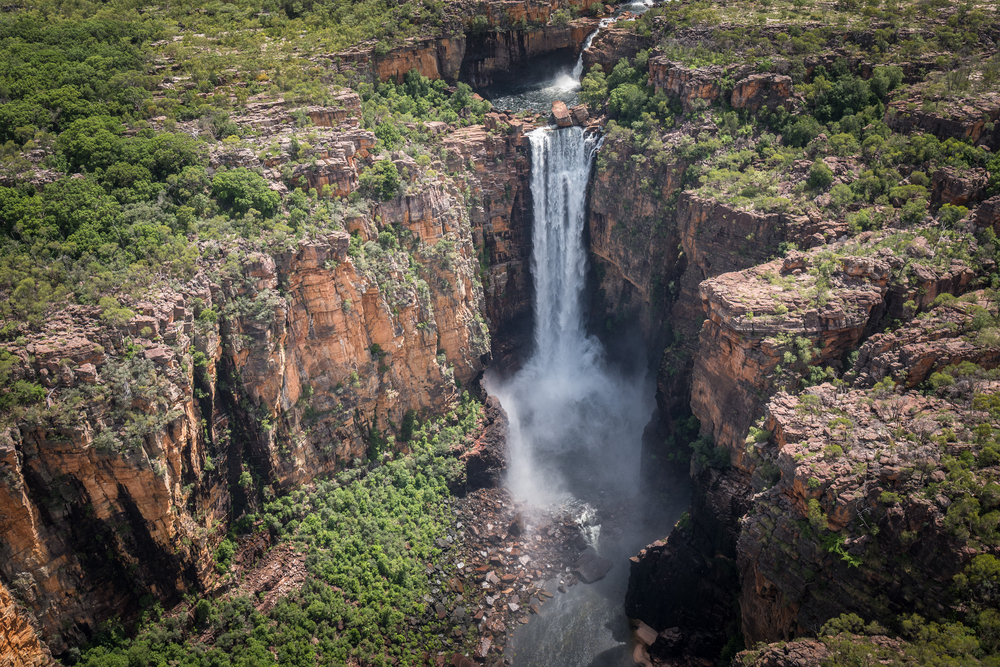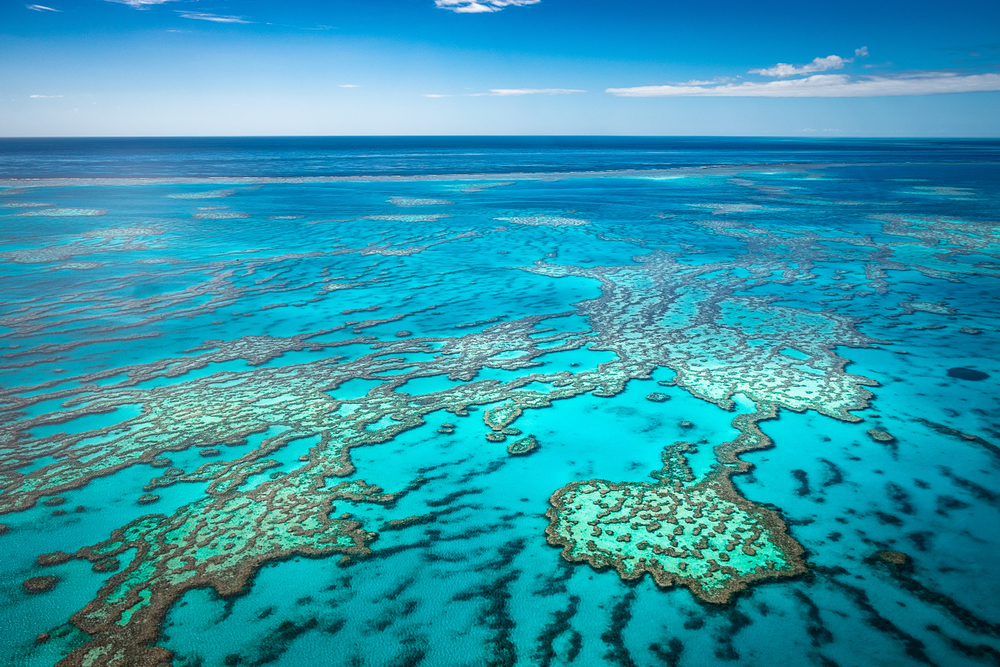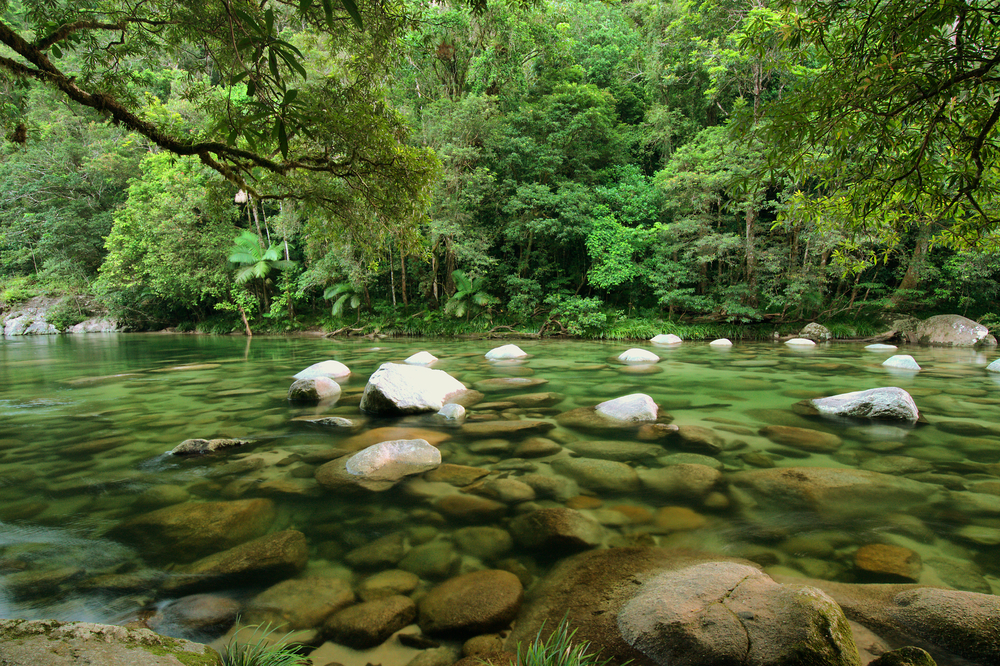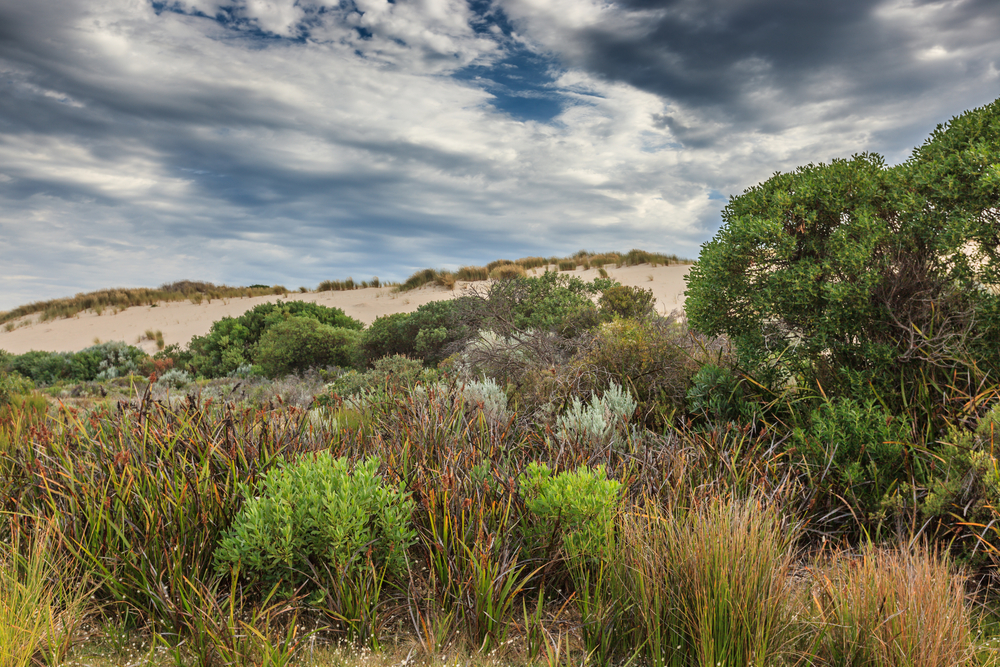Mungo Overview
Mungo National Park, located in New South Wales, Australia, covers an area of approximately 433 square miles (1,120 square kilometers).
It lies within the Willandra Lakes Region, a UNESCO World Heritage Site, and is renowned for its arid, ancient landscapes that hold deep cultural and historical significance. The park is home to the remarkable Walls of China, a series of striking sand and clay formations shaped by wind and erosion over thousands of years.
These lunar-like dunes, along with the dry lake beds and undulating sand plains, create a stark yet mesmerizing environment. The vegetation consists of saltbush and bluebush, which thrive in the harsh conditions, while mallee woodlands and native grasses add texture to the rugged terrain.
The park is an essential refuge for a variety of wildlife, particularly species adapted to arid environments. Visitors may encounter red and western grey kangaroos bounding across the open plains or observe emus striding through the scrub. Reptiles such as bearded dragons and shingleback lizards bask on sunlit surfaces, while the elusive malleefowl can sometimes be spotted foraging among the dry foliage.
Birdlife is abundant, with species like wedge-tailed eagles soaring overhead, pink cockatoos adding flashes of color to the landscape, and Major Mitchell’s cockatoos frequently seen in small flocks. The park’s dry lake beds attract waterbirds after rare rainfall events, creating a dynamic and temporary wetland ecosystem.
A major draw for visitors is the park’s deep cultural heritage, as it is the site of some of the oldest known human remains found in Australia. The discovery of Mungo Man and Mungo Lady, estimated to be around 42,000 years old, provided groundbreaking insights into early human history and Indigenous Australian culture.
The area remains of great spiritual importance to the Paakantji, Ngyiampaa, and Mutthi Mutthi peoples, who have maintained connections to the land for tens of thousands of years. Guided tours led by Indigenous rangers offer insight into the park’s history, traditional practices, and the significance of its landscapes.
Mungo National Park offers several ways for visitors to explore its unique terrain. The Mungo Self-Guided Drive Tour is a popular way to see the park’s key features, including the Walls of China and the lunettes that rise dramatically from the flat plains. For those who prefer hiking, the Mungo Track provides opportunities to experience the ever-changing colors of the sand formations and the expansive vistas that stretch into the horizon.
Camping is available at the Main Campground, where visitors can immerse themselves in the outback atmosphere beneath clear, star-filled skies. The visitor center provides valuable information about the park’s geology, history, and Indigenous heritage, helping to enhance the experience of those exploring the region.
Conservation remains a central focus in Mungo National Park, as managing the delicate balance of its ecosystem is essential. Climate change and erosion threaten the fragile landscapes, while preserving Indigenous cultural heritage remains a priority. The park’s management works closely with traditional owners to ensure sustainable tourism and land conservation practices.
Ongoing research and monitoring aim to protect its archaeological sites, while controlled visitor access helps prevent damage to its delicate features. By blending conservation with education and cultural preservation, Mungo National Park continues to be a significant destination for both nature lovers and those seeking a deeper understanding of Australia’s ancient past.








































































